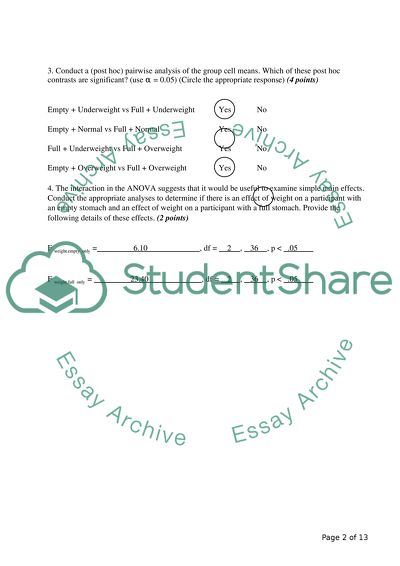Cite this document
(“Research Applications and Ethical Issues Assignment Paper”, n.d.)
Research Applications and Ethical Issues Assignment Paper. Retrieved from https://studentshare.org/psychology/1441342-research-applications-and-ethical-issues
Research Applications and Ethical Issues Assignment Paper. Retrieved from https://studentshare.org/psychology/1441342-research-applications-and-ethical-issues
(Research Applications and Ethical Issues Assignment Paper)
Research Applications and Ethical Issues Assignment Paper. https://studentshare.org/psychology/1441342-research-applications-and-ethical-issues.
Research Applications and Ethical Issues Assignment Paper. https://studentshare.org/psychology/1441342-research-applications-and-ethical-issues.
“Research Applications and Ethical Issues Assignment Paper”, n.d. https://studentshare.org/psychology/1441342-research-applications-and-ethical-issues.


